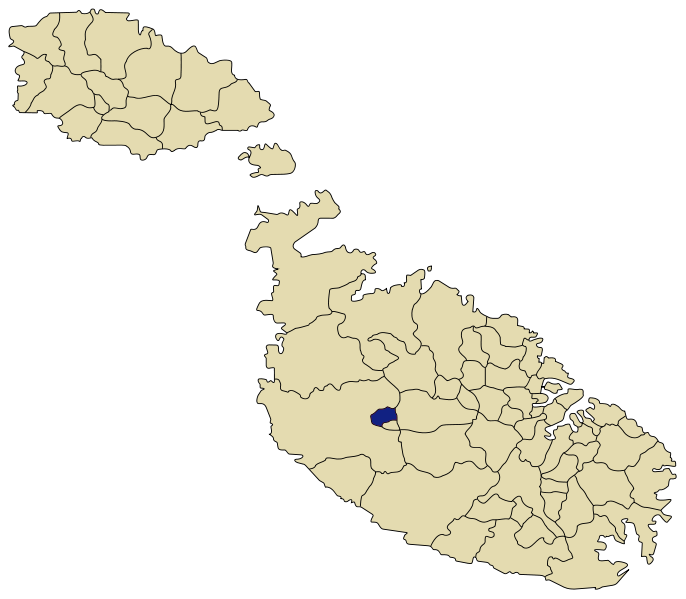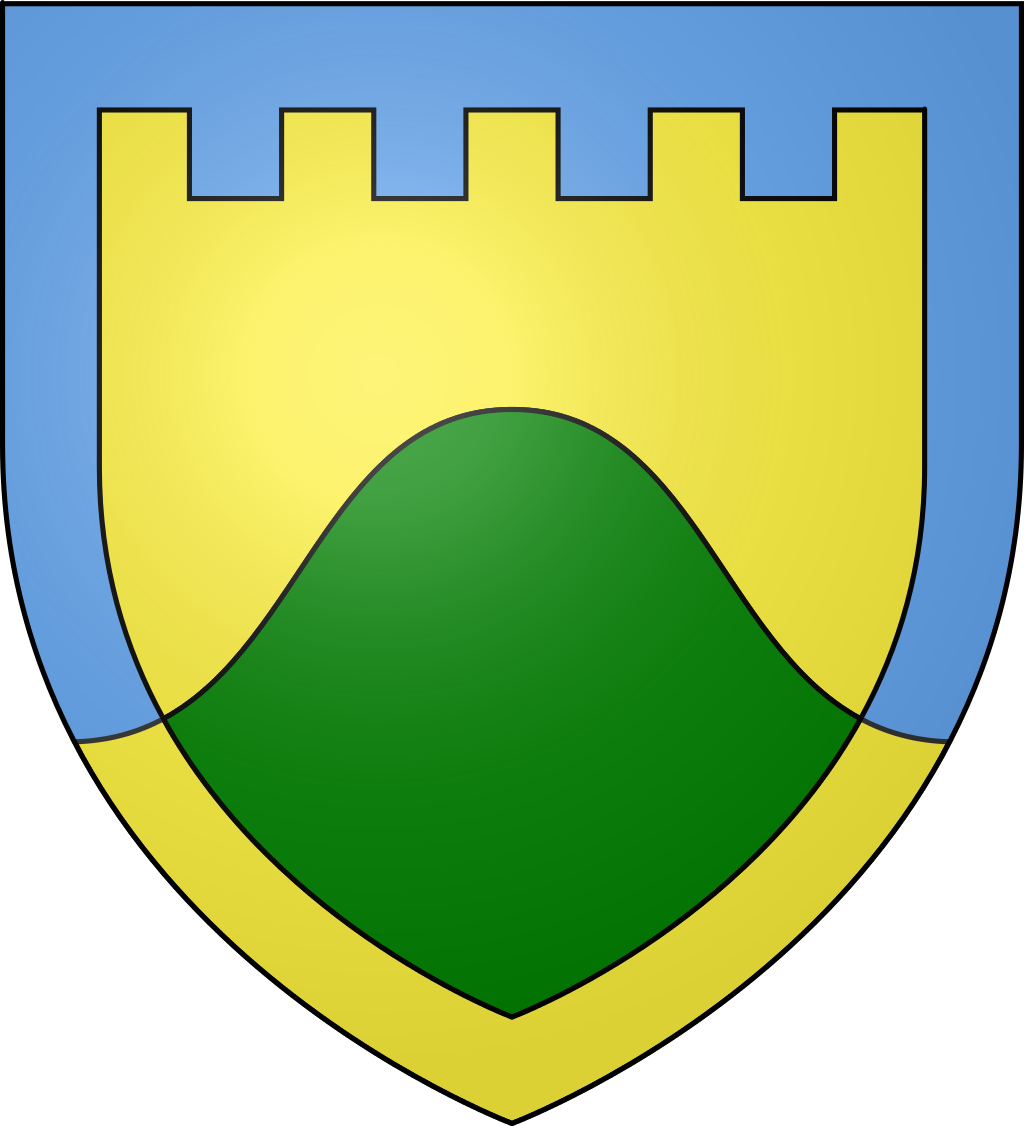Geography and History

About Mtarfa
The history and existence of Mtarfa is integrated as part and parcel of the History of Malta. Prehistoric remains are still evident. Silos, cart ruts and rock-hewn tombs are found scattered over a wide range of non-urban Mtarfa.
Dr. J.D. Evans, in his book ‘The Prehistoric Antiquities of the Maltese Islands (London 1971 p. 107) states that when shelters were being dug up prior to WW1 (February-March 1939), two bell-shaped silos were unearthed. Pottery was found. In recent years when buildings in Mtarfa mushroomed out to establish the modern village we know today, other silos came to light.
Engraved marble was found around 1613. It has been credited to the Temple of Proserpine. A Roman inscription which commenced with the word CHRESTION and having as its last word INAURAVIT (Bres, Malta Antica Illustrata, Roma 1816 p. 334 and 351) has been studied by Maltese and foreign scholars. Marble found in the same area in 1747, where the Temple of Apollo once stood, was used to carv out different plaques for altars. Grand Master Carafa’s cost of arms was also sculptured out of marble remains found on site. It is highly important that if such heritage is unearthed in the Primary School area of Mtarfa, the pertinent authorities are alerted as the finds may be of significant importance to our history and culture.
The name ‘MTARFA’ appeared for the first time in a notarial Act by Sicilian Notary Noto Bartholo de Guasto and is depicted as La Mitarfa, pecia terrae. Mtarfa means ‘on the edge’. However Professor Godfrey Wettinger in his book (‘Place Names’ p.403) is of the opinion that the origin of Mtarfa may be associated with a Medieval Age Spanish man – Mutarrif – who was exiled to the site.
A large garden in the locality belonged to the Mdina Cathedral – better known as the St. Nicholas of Mtarfa Garden, had a medieval chapel dedicated to St. Lucy. Consalvo Argiona during 1460 had passed over the garden to Tarkwinju Zammit and subsequently to Antonio Falzon. The latter gave the garden as a beneficiary to the Mdina Cathedral who in turn gave it on a perpetual lease to Angelo Manduca. The lease bound Manduca to organise, amongst other conditions, a Mass at the St. Lucy chapel. The Chapel is listed in the Pastoral Visit of 16th May 1774 by Bishop Alpheran de Bussan. He lists a number of graces granted to devotees through the intercession of St. Lucy.
Mtarfa, for several years remained as a fertile land jutting out in between “Qlejja” and Busbies Valleys. Several watermills adorned the panoramic setting of the hamlet. The population were mainly farmers. Animal breeders sold their livestock at the Rabat markets.
Mtarfa had a facelift during the British rule in Malta. During 1890 military barracks were built. Later a hospital to cater for the First World War injured personnel from the Dardanells was also built. Work on the hospital started in 1915 and completed by 1920. As Mtarfa became a hive of activity and several locally engaged workmen had to make it to the village by the very limited means of transport available at the time, in 1883 the railway was extended to the limits of Mtarfa. The British Services built a network of infrastructure in the village. They built a Water Tank, still in existence, to provide for their daily needs and collected surface rain water in another network of underground reservoirs, some of which are still in use up to the present days.
The devotion to St. Lucy, Patron Saint to those with ocular diseases, grew with the opening of the Hospital. However the British Authorities felt the need to erect a Chapel within the Hospital grounds, dedicated to St. Oswald, to cater for the spiritual needs of the military personnel and their families. Around 1895 the Mtarfa landmark – the Clock Tower was already functioning. It is still functioning and in perfect condition. It was only lately that the Mtarfa Council had requested the Authorities to undertake a thorough facelift to the edifice in anticipation of its devolution to the local Authority.
The Spiritual care of the Mtarfa Community was taken care of by Rectors appointed from the Rabat Parish. Early care was given by Rev. Copperstone and a number of Dominican Friars, but for most of the last 50 years, the Rev. Fr. Michael Saliba dedicated himself to the pastoral needs of the population and witnessed the size of Mtarfa grow from a handful of hundreds to over 2000 as it is today.
The recent past of Mtarfa is well known. Since 1987 several apartments were built; ex military establishments were converted for civilian use and Centres for the Care of Persons with Disability, Adult Training Centres, and a Pastoral Centre were built. A complete administrative hive-off from Rabat had taken place.
During the year 2000 Mtarfa had elected for the first time its own five-seat Local Council. It has its own Primary School; a Secondary School that caters for the surrounding region; its own Police Station, a local Library financed by the Local Council, and a Clinic which is still in its initial stages.
The Mtarfa Local Council has established April 27th as Mtarfa Day to mark the month when two years ago, the first locally elected representatives took Office. The highlight during the week-long celebrations to mark this Day on the 27th of April 2002 was the honour of GIEH L-MTARFA bestowed to the Rev. Canon Saliba for the valuable service and guidance to his flock for over 50 years.
